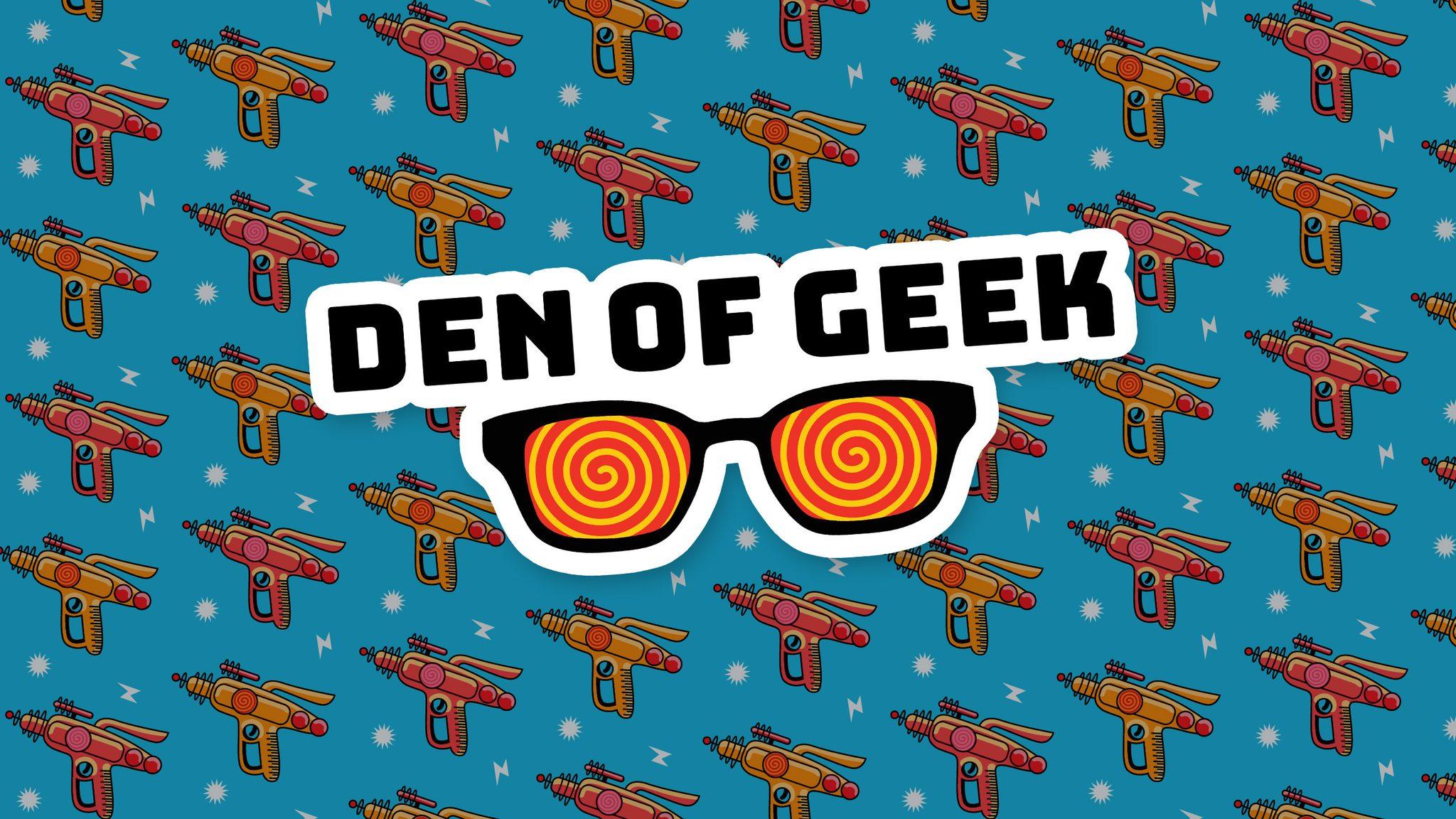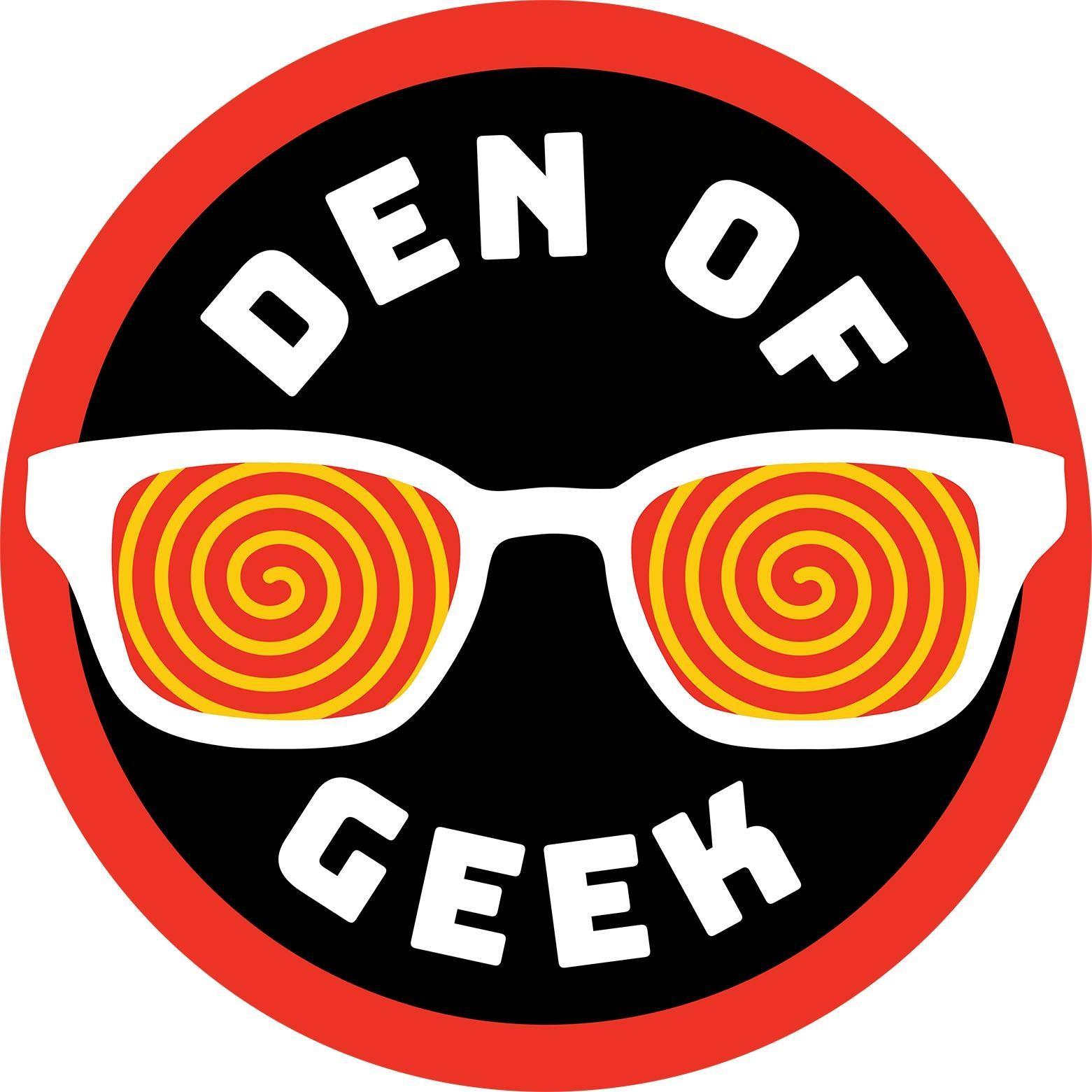


An enthusiast driven pop culture site serving entertainment followers and fanatics.
189 people like this
0 Posts
0 Photos
0 Videos



